Adrenaline: Keep Calm and Feel the Rush!
When was the last time you got very excited or tremendously frightened? How was it like cramming for a Chemistry or Calculus exams? Or you might have come across a news on social media where a woman managed to lift a car to save her child. Stunningly amazing, but this is possible with Adrenaline!
Adrenaline (also known as Epinephrine) is the hormone responsible for our fight-or-flight response. It is secreted by the adrenal medulla and is made to keep us prepared for action during stressful events. The quick release of adrenaline in the blood leads to the activation of the nervous system which yields an immediate response during these events. As the stress decreases and the situation or occurrence mitigates the adrenal glands will decrease their production of adrenaline.
What does Adrenaline Look Like in Chemistry?

Let’s Get Building!
Using your Student Molecular Model Set from Duluth Labs let’s create Adrenaline! You’ll need:
-
9 Carbon atoms
-
3 Oxygen Atoms
-
1 Nitrogen Atom
-
13 Hydrogens
-
13 Small connectors (compact short bonds for hydrogen)
-
10 Medium connectors (single covalent bonds)
-
6 Long connectors
-
Molecular Tool (for Disassembly)
Put aside all the atoms and connectors needed.
Let’s Start Off With Our Substituted 6-Membered Carbon Ring

Note: We will build this part of the molecule in a clockwise rotation, starting with the 12:00 position (Carbon #10). Kindly refer to the structure above.
Let’s start!
Steps:
-
1
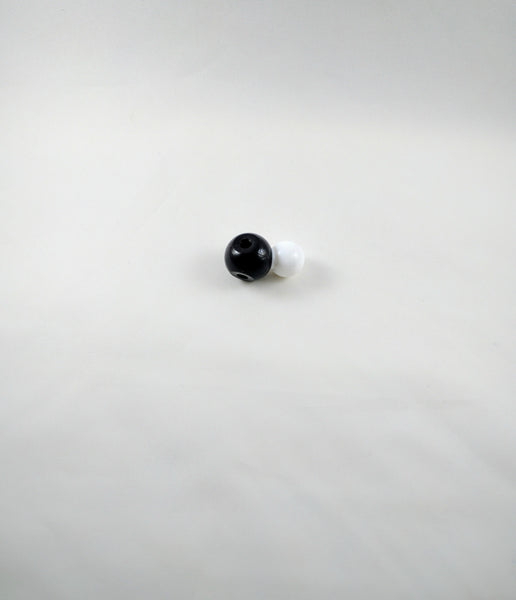
1. First, get one carbon atom (Carbon 10), then attach one hydrogen atom on it using a small connector.
-
2
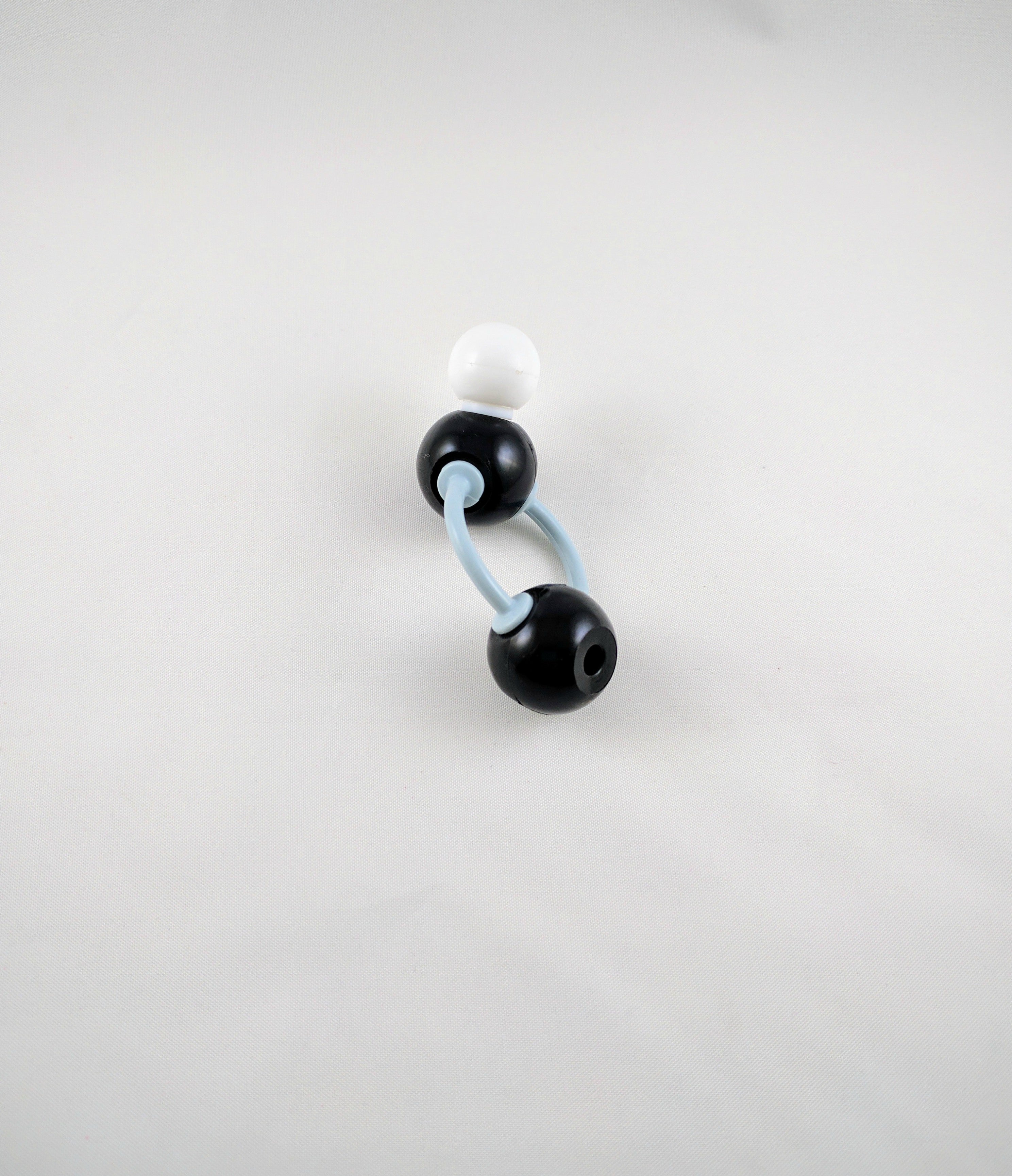
2. Then using 2 long connectors, attach this carbon to another carbon atom (Carbon 8).
-
3
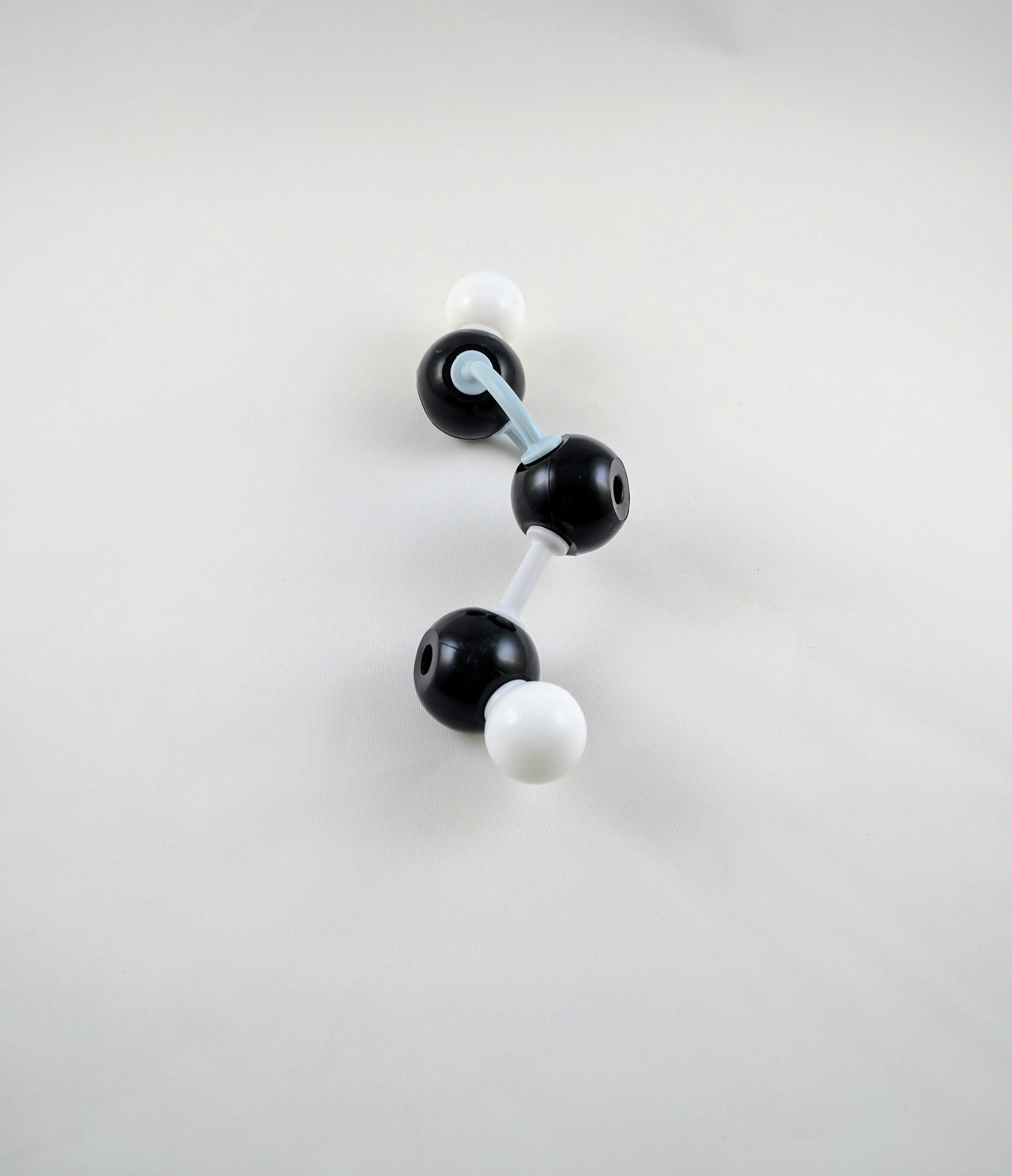
3. After connecting Carbons 10 and 8, use a medium connector to attach carbon 9. Then use a short connector to attach a hydrogen atom to Carbon 9.
-
4
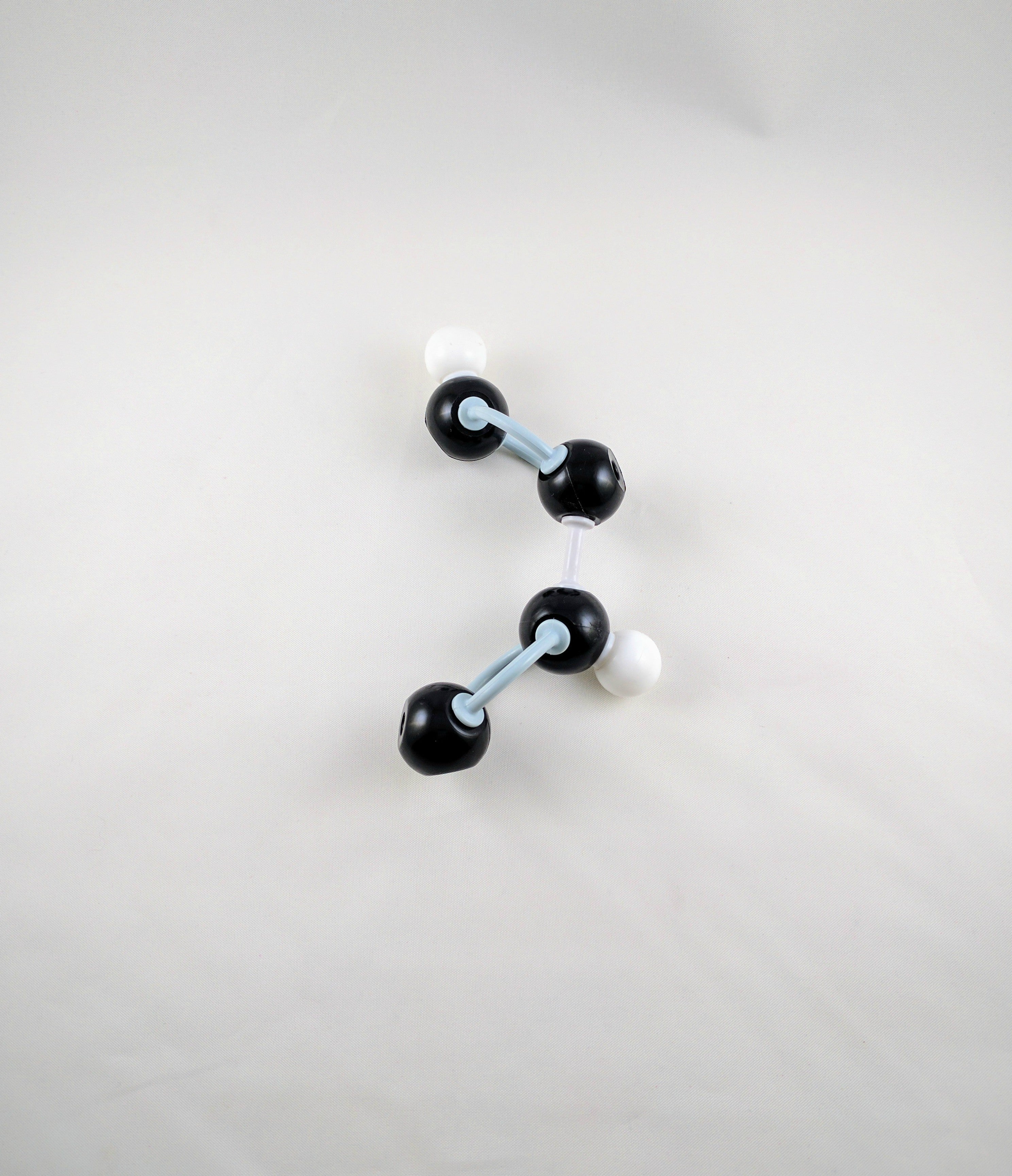
4. After connecting the hydrogen to Carbon 9, use 2 long connectors to attach another carbon (Carbon 11).
-
5
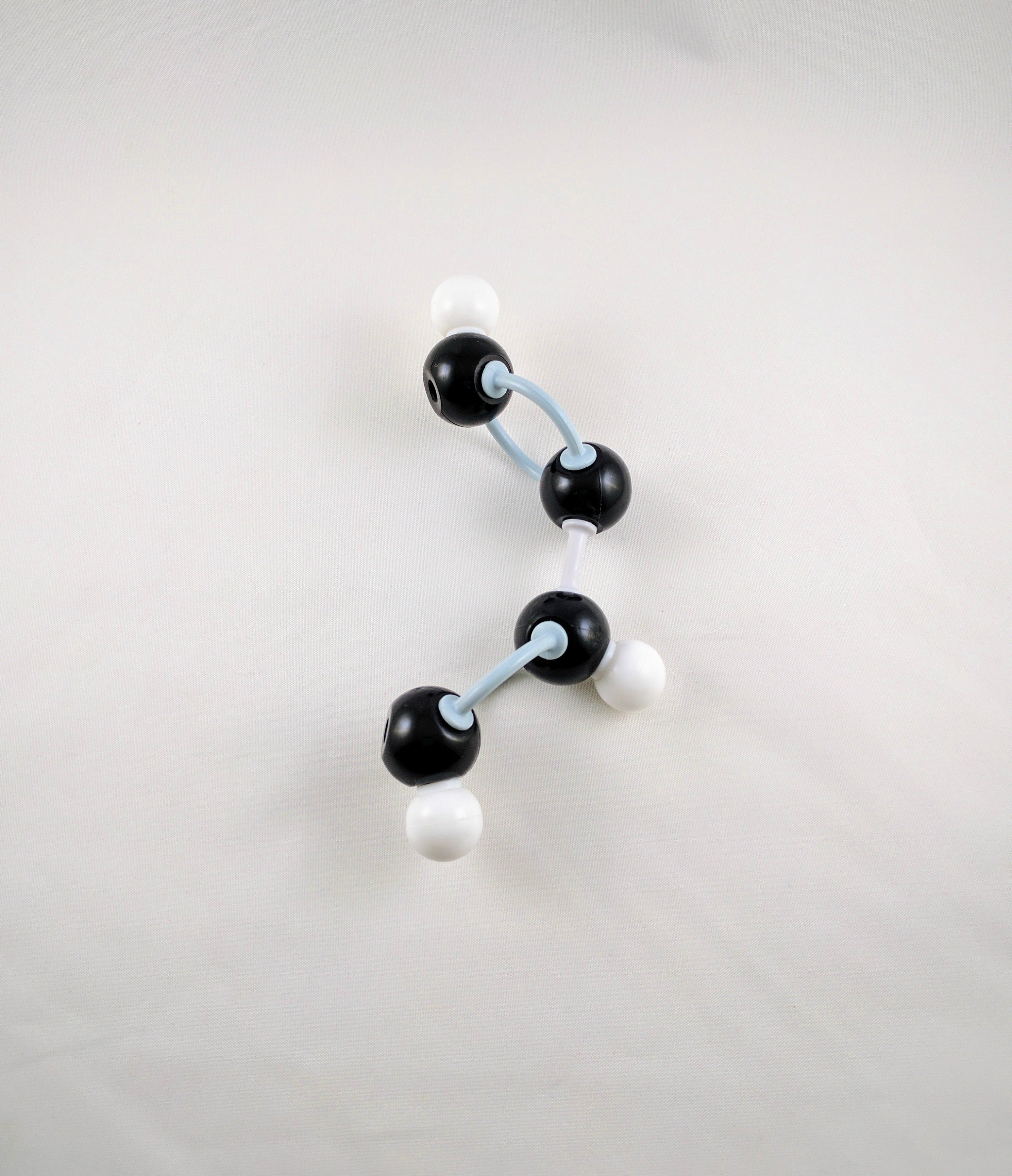
5. Again, attach another hydrogen atom to Carbon 11 using 1 small connector.
-
6
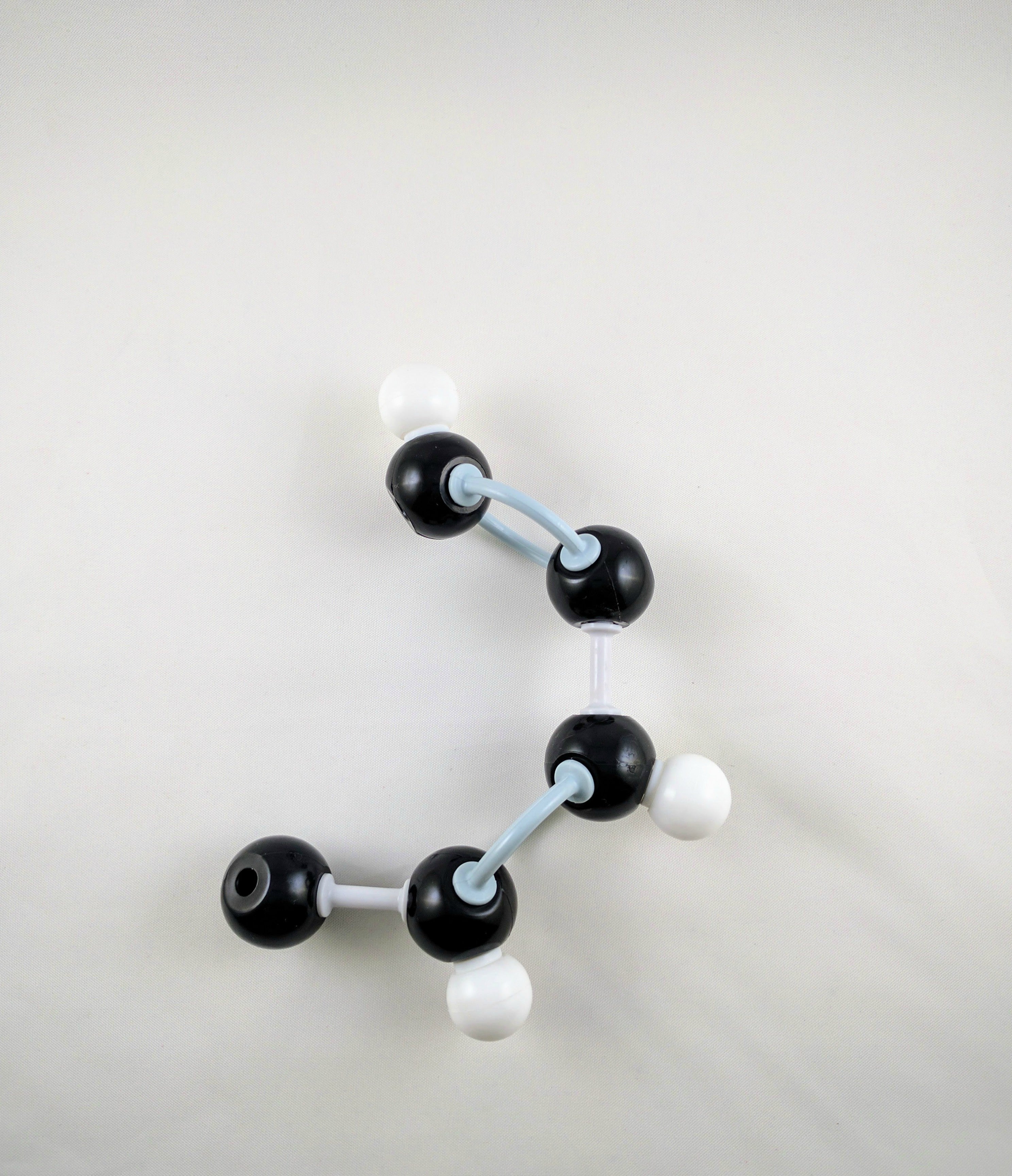
6. After connecting hydrogen to Carbon 11, use 1 medium connector to attach another carbon atom (Carbon 13).
-
7
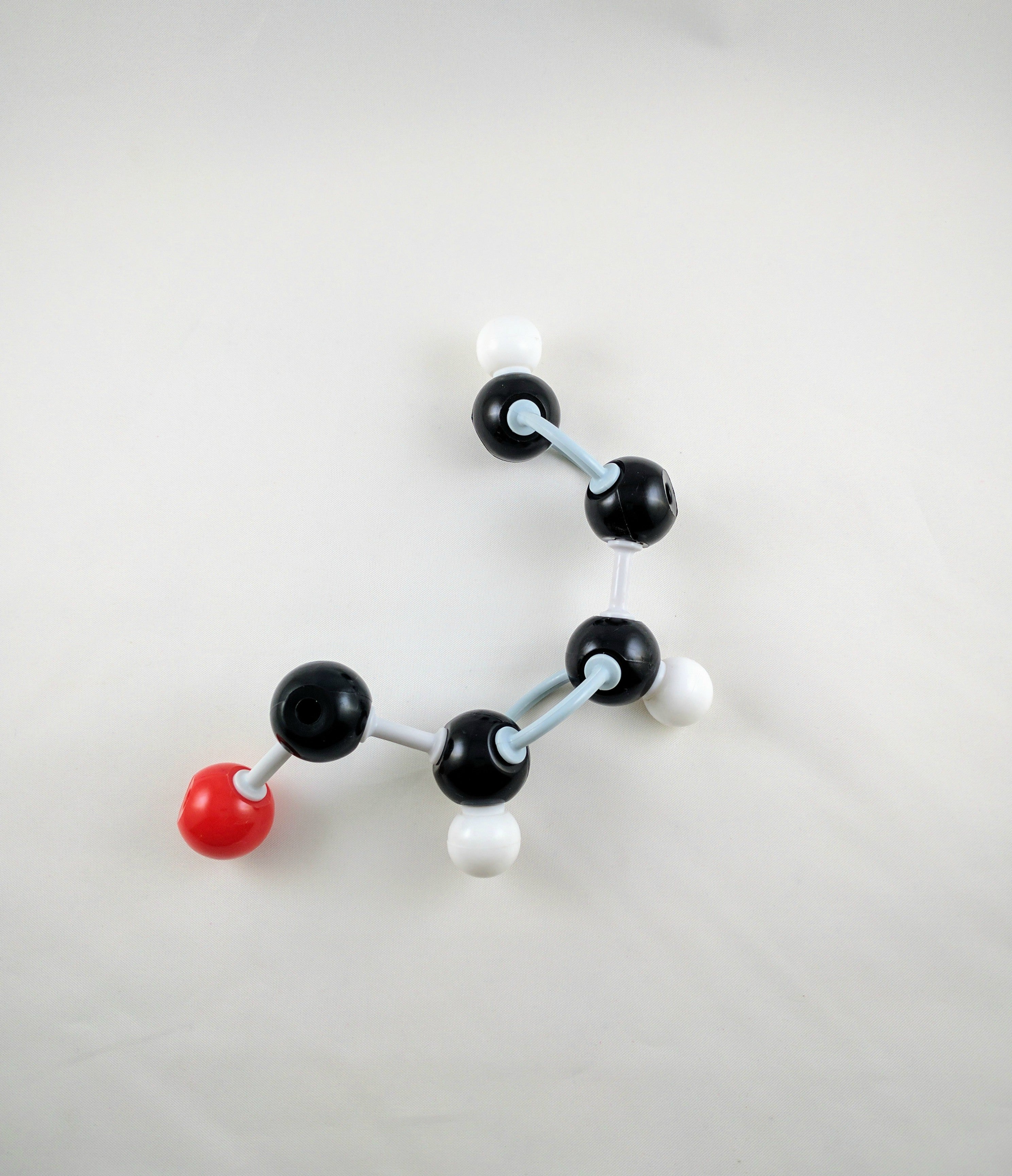
7. Using a medium connector, attach an oxygen atom to the left of Carbon 13.
-
8

8. Using a small connector, attach a hydrogen atom on the Oxygen atom attached to Carbon 13.
-
9
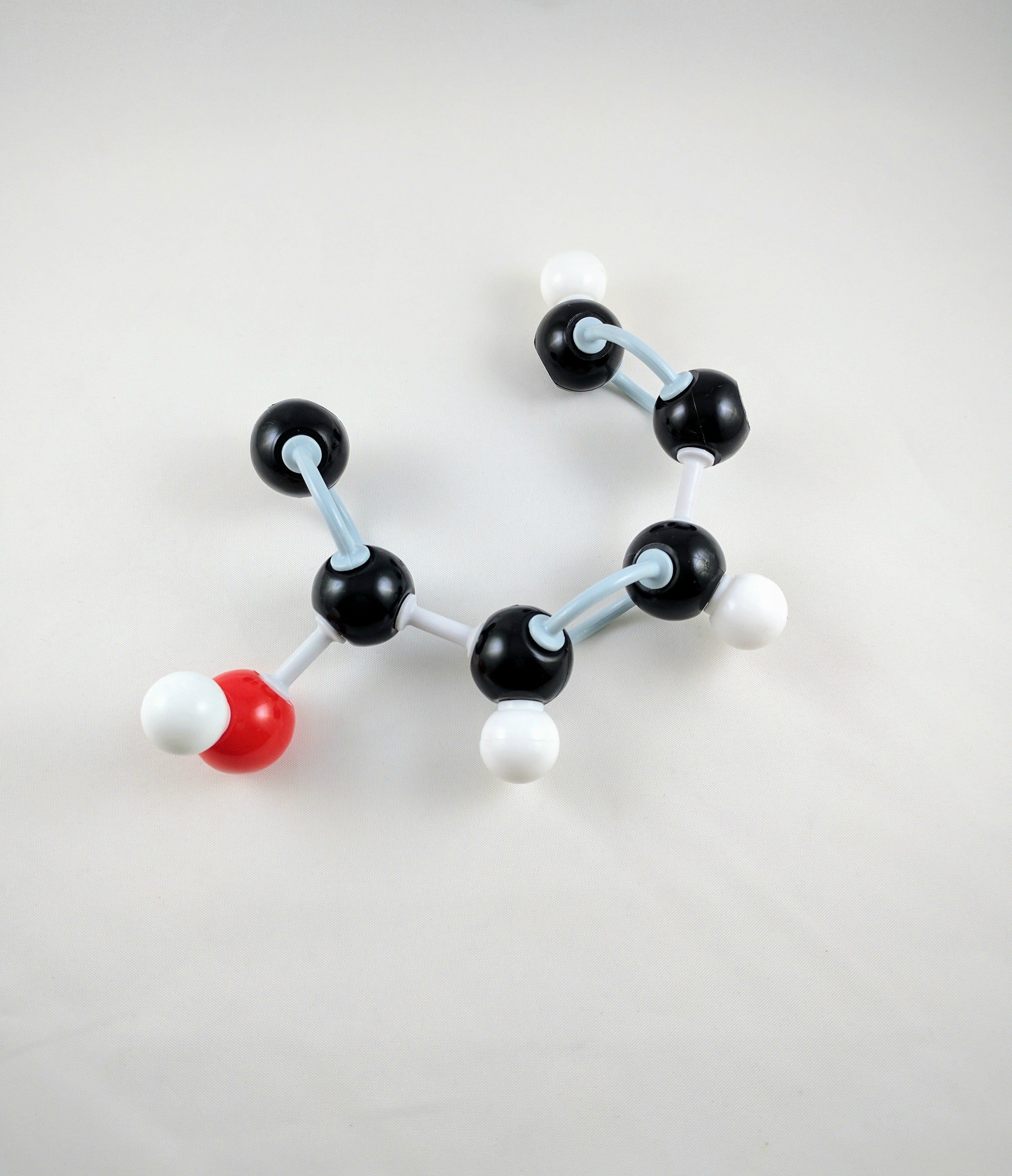
9. Then, after attaching the hydrogen atom on oxygen, use 2 long connectors to add another carbon (Carbon 12) directly above Carbon 13.
-
10
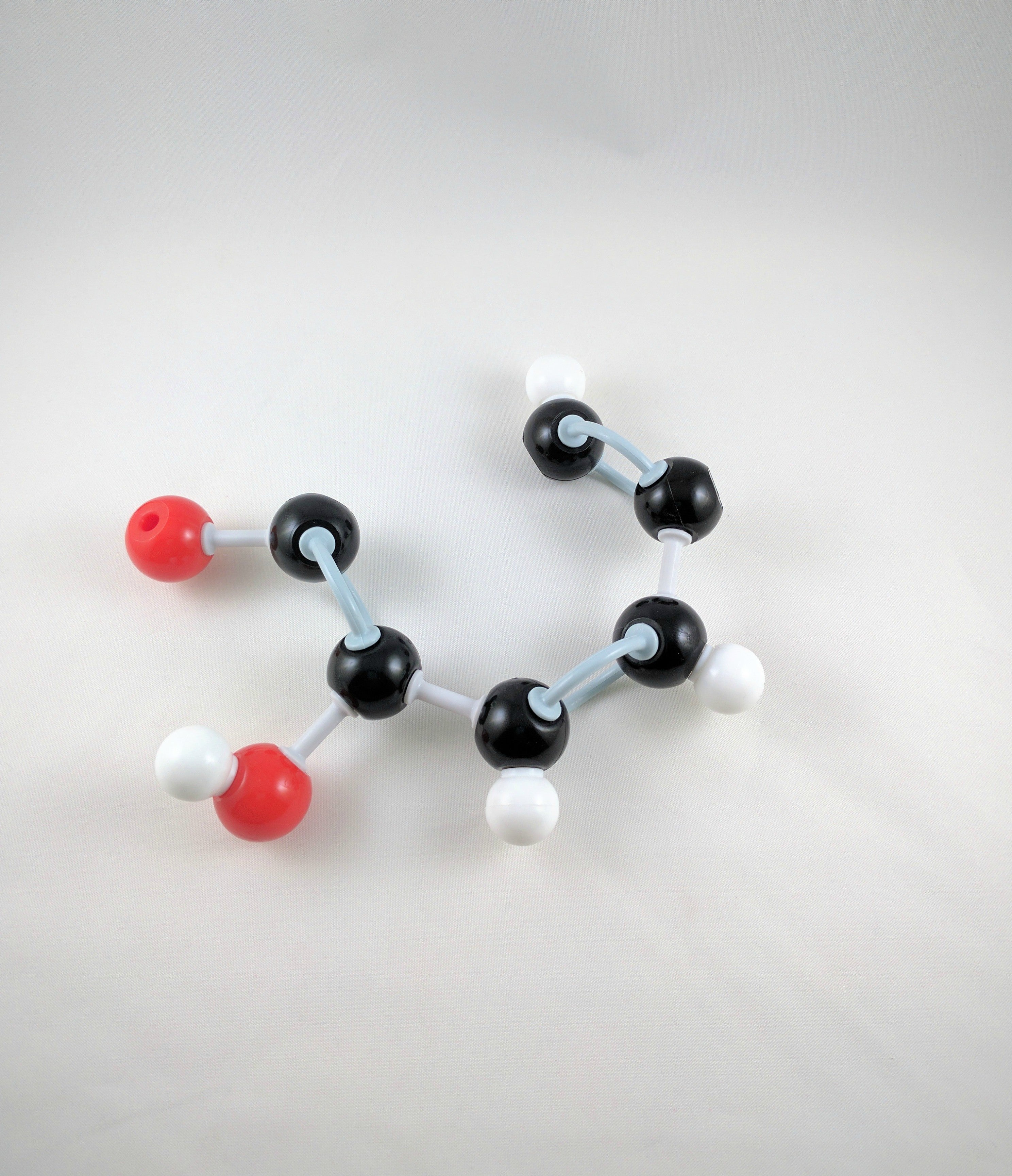
10. Using a medium connector, attach an oxygen atom on Carbon 12.
-
11

11. Using a small connector, attach the hydrogen atom on oxygen connected to Carbon 12.
-
12
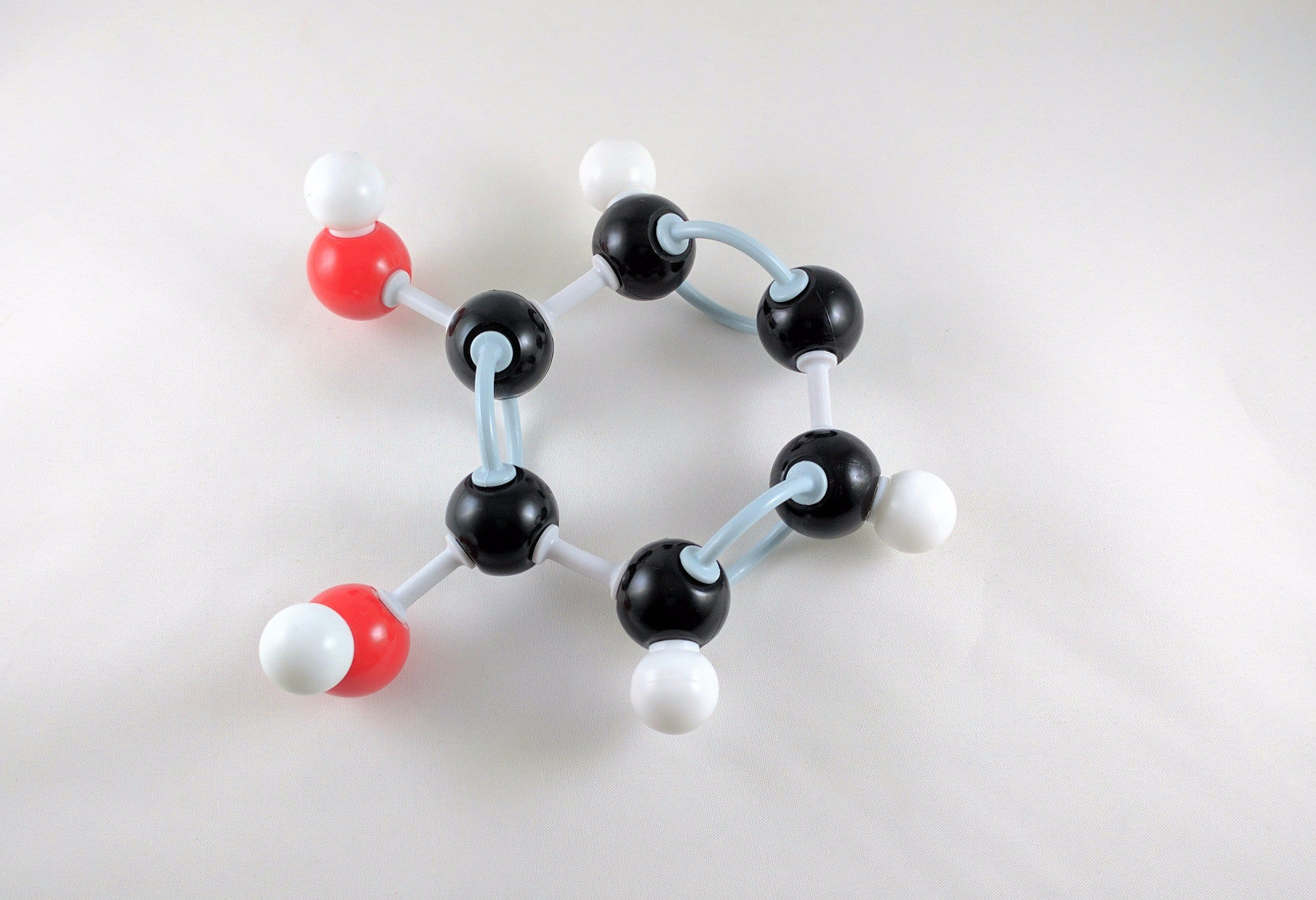
12. Then, using a medium connector, attach Carbon 12 back to Carbon 10.
-

Hooray! We’re done with building our substituted 6-membered ring!
Note: The numbering of carbons were done for the easier building of the molecule. Hence, this is not the actual carbon number.
Let’s Build Our 1-hydroxy-2-(Methylamino)Ethyl Substituent! We’ll Be Starting at Carbon 7.
-
1

1.Use a medium connector to attach a carbon atom (Carbon 7) to Carbon 8.
-
2
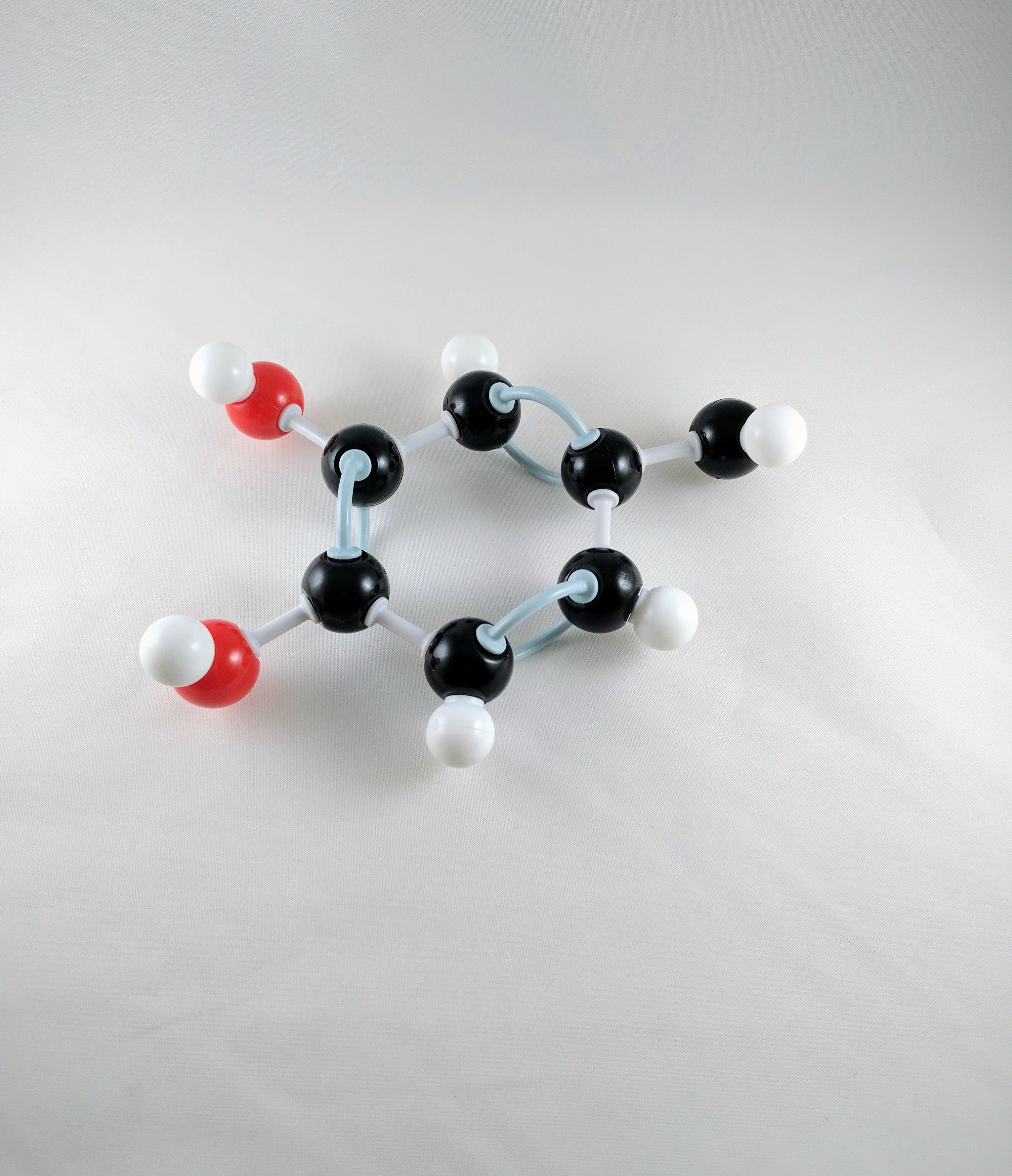
2. Afterwards, use a small connector to add a hydrogen atom on Carbon 7.
-
3
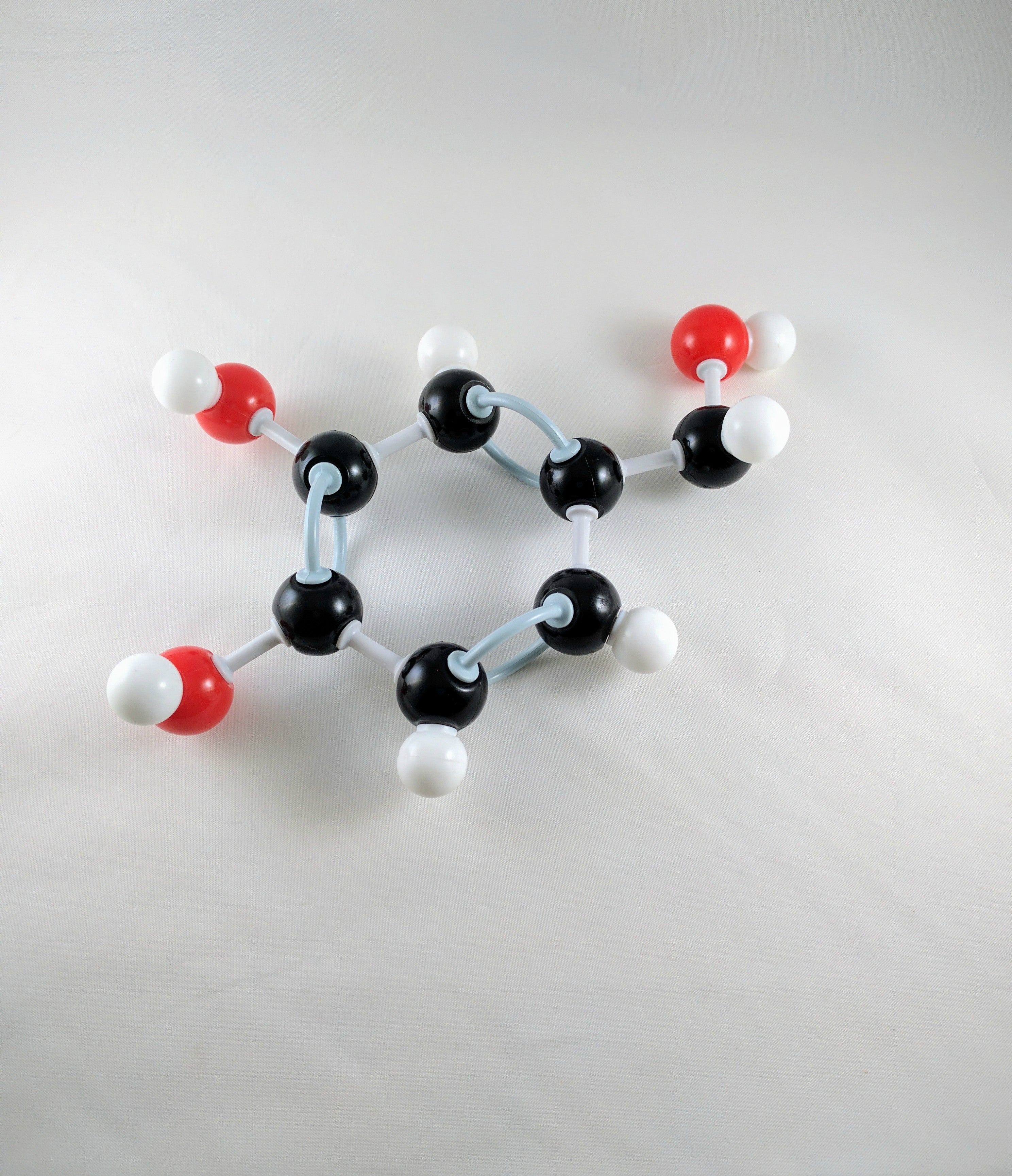
3. Now use a medium connector, attach 1 oxygen atom at Carbon 7 then attach a hydrogen atom on this oxygen using a small connector.
-
4

4. After adding hydrogen to oxygen, get another medium connector and use this to attach another carbon (Carbon 6) to Carbon 7.
-
5

5. Use 2 small connectors to attach 2 hydrogen atoms at Carbon 6.
-
6

6.Using a medium connector, attach 1 Nitrogen atom on Carbon 6.
-
7

7.Using a small connector, attach 1 hydrogen atom on the nitrogen atom.
-
8

8. Then, using 1 medium connector, attach a carbon atom on the nitrogen atom.
-
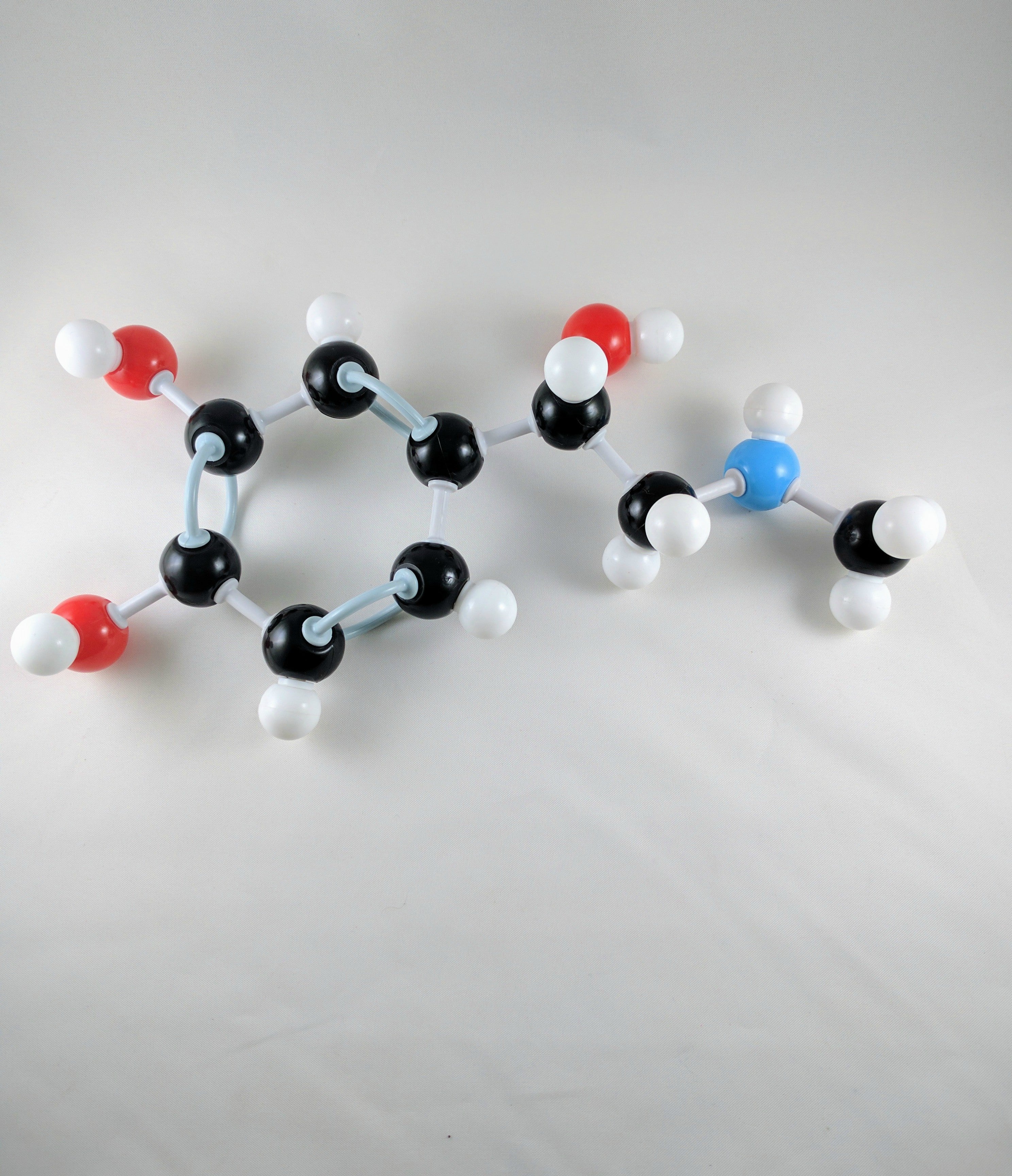
9. Finally, attach 3 hydrogen atoms on the last carbon using 3 small connectors.

























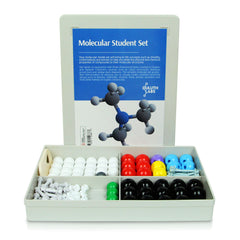
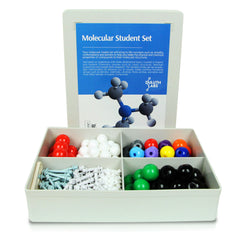

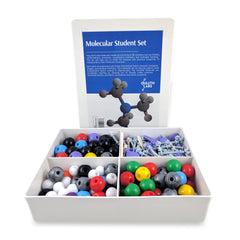
viagra invented by mistake viagra for women what
does viagra do if you don’t need it
man fed only viagra buy viagra online discount viagra shop in london